Darwin and Natural Selection
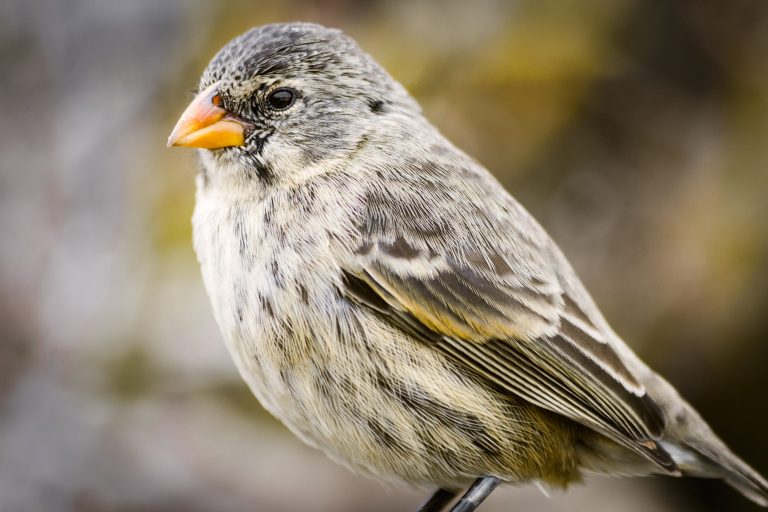
Galapagos or Darwin’s Finch (Geospizinae), Santa Cruz Island, Galapagos, Ecuador
Reviewed by: Mary Anne Clark, Ph.D.
In the 19th century, a man called Charles Darwin, a biologist from England, set off on the ship HMS Beagle to investigate species of the island.
After spending time on the islands, he soon developed a theory that would contradict the creation of man and imply that all species derived from common ancestors through a process called natural selection. Natural selection is considered to be the biggest factor resulting in the diversity of species and their genomes. The principles of Darwin’s work and his theory are stated below.
- One of the prime motives for all species is to reproduce and survive, passing on the genetic information of the species from generation to generation. When species do this they tend to produce more offspring than the environment can support.
- The lack of resources to nourish these individuals places pressure on the size of the species population, and the lack of resources means increased competition and as a consequence, some organisms will not survive.
- The organisms who die as a consequence of this competition were not totally random, Darwin found that those organisms more suited to their environment were more likely to survive.
- This resulted in the well-known phrase survival of the fittest, where the organisms most suited to their environment had more chance of survival if the species falls upon hard times. (This phrase is often associated with Darwin, though on closer inspection Herbert Spencer puts the phrase in a more accurate historical context.)
- Those organisms who are better suited to their environment exhibit desirable characteristics, which is a consequence of their genome being more suitable, to begin with.
This ‘weeding out’ of less suited organisms and the reward of survival to those better suited led Darwin to deduce that organisms had evolved over time, where the most desirable characteristics of a species are favored and those organisms who exhibit them survive to pass their genes on.
As a consequence of this, a changing environment would mean different characteristics would be favorable in a changing environment. Darwin believed that organisms had ‘evolved’ to suit their environments, and occupy an ecological niche where they would be best suited to their environment and therefore have the best chance of survival.
As the above indicates, those alleles of a species that are favored in the environment will become more frequent in the genomes of the species, due to the organisms higher likeliness of surviving as part of the species at large
The above indicated the theory of natural selection. The next tutorial gives some good examples of natural selection in action.
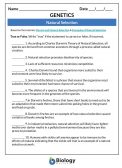
|
NATURAL SELECTION – TRUE OR FALSE
A true-or-false quiz to test the grasp of the underlying concepts and ideas on natural selection. Evaluate your student’s understanding of Charles Darwin’s theory and examples of natural selection. Subjects: Genetics & Evolution |
You will also like...
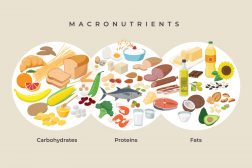
A Balanced Diet – Carbohydrates and Fat
Apart from vitamins, the human body also requires high energy sources such as carbohydrates and fats. If you want an ove..
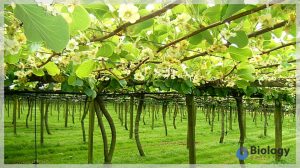
Biosecurity and Biocontrol
This lesson explores the impact of biosecurity threats, and why they need to be identified and managed. Examples to incl..
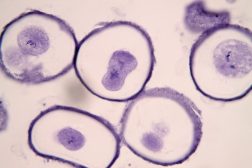
Meiosis – The Genetics of Reproduction
Meiosis is a form of cell division that creates gametes. It is comprised of two divisions that in the end, the resulting..
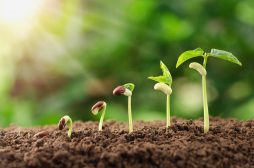
Lights’ Effect on Growth
This tutorial elaborates on the effect of light on plant growth. It describes how different plants require different amo..
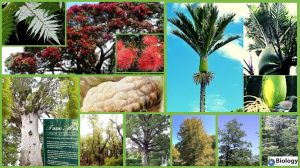
New Zealand’s Unique Flora
If New Zealand has lots of unique animals, it's also got a whole lot of unique plants. Find out more about some of them,..
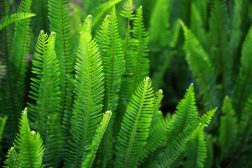
Vascular Plants: Ferns and Relatives
Ferns and their relatives are vascular plants, meaning they have xylem and phloem tissues. Because of the presence of va..
